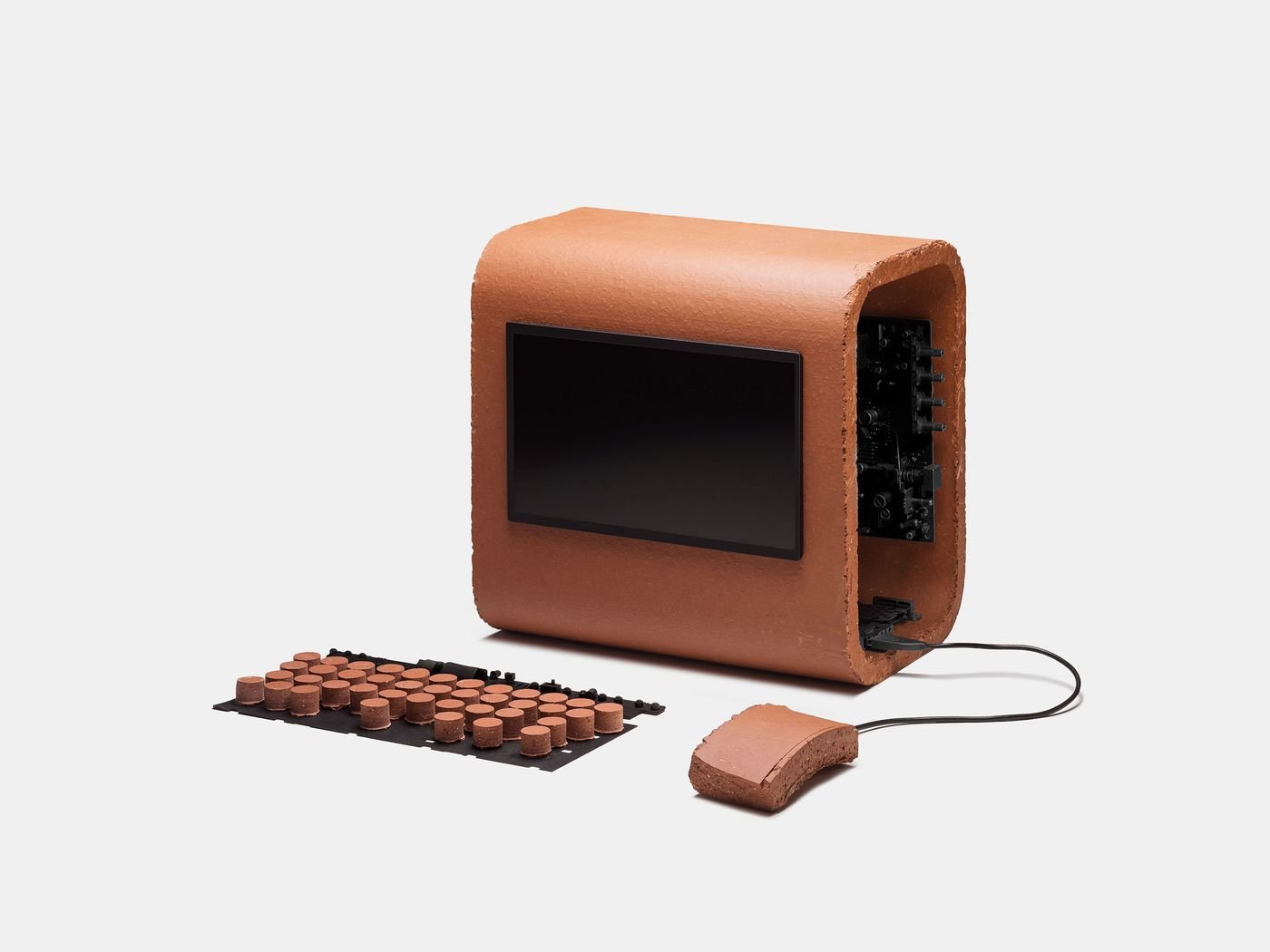
For the Rest of Us: Hank Beyer & Alex Sizemore Explore the Intangible Values of Regional Materials
Words by Eric David
Location
For the Rest of Us: Hank Beyer & Alex Sizemore Explore the Intangible Values of Regional Materials
Words by Eric David
In the globalized world we live in, it’s widely accepted that the mass-produced consumer products we use on a daily basis have been optimally designed in terms of function, appeal and economy. If a product serves its purpose reliably and well, it’s considered successful wherever you live. But what is best for industry, markets and convenience doesn’t necessarily means it serves humanity - not to mention that the prevalence of plastics and metal alloys in consumer goods has imposed an idealized consumer life that is homogenous and bland on us. With this in mind, US industrial designers Hank Beyer and Alex Sizemore are addressing this misconception with their collaborative project “For the Rest of Us”, which explores the intangible values of regional materials by creating unconventional desktop computers.
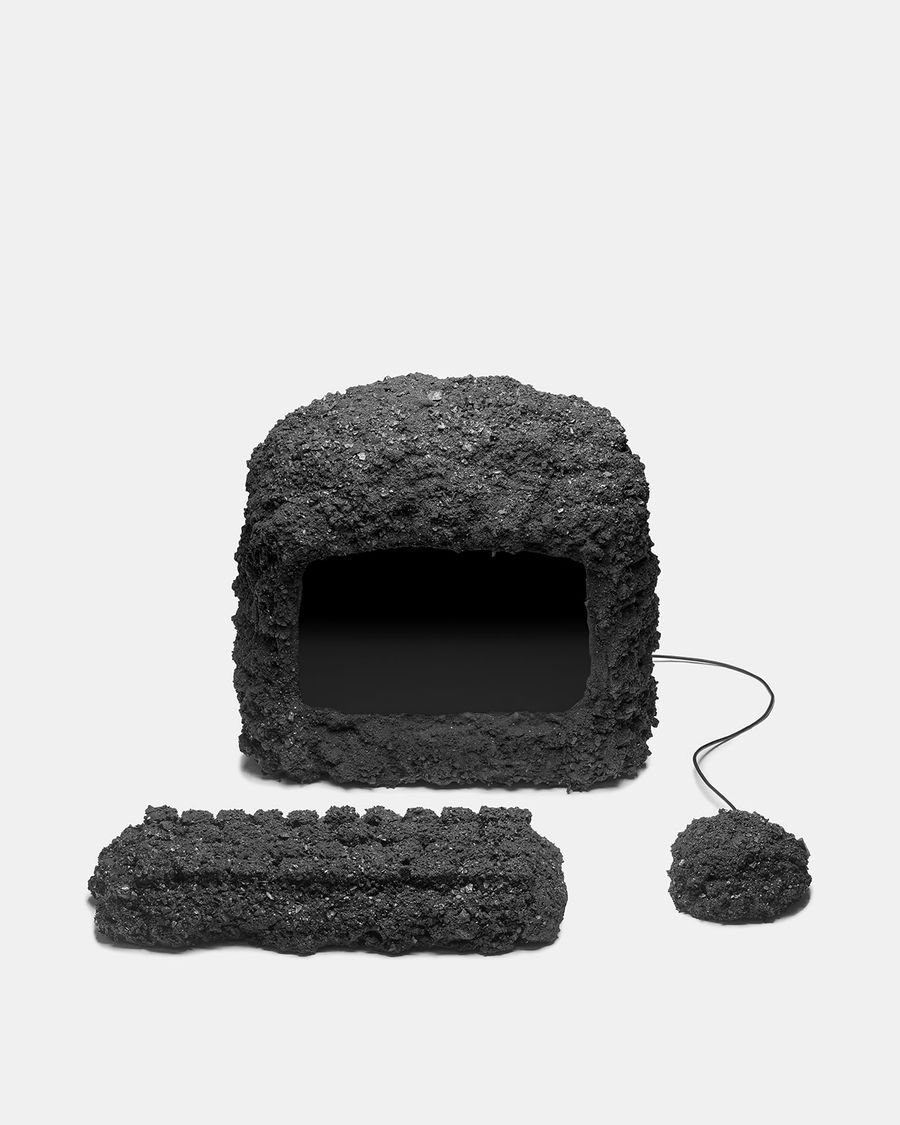
For the Rest of Us. A project by Hank Beyer and Alex Sizemore. Coal.

For the Rest of Us.A project by Hank Beyer and Alex Sizemore. Coal.

For the Rest of Us.A project by Hank Beyer and Alex Sizemore. Coal.
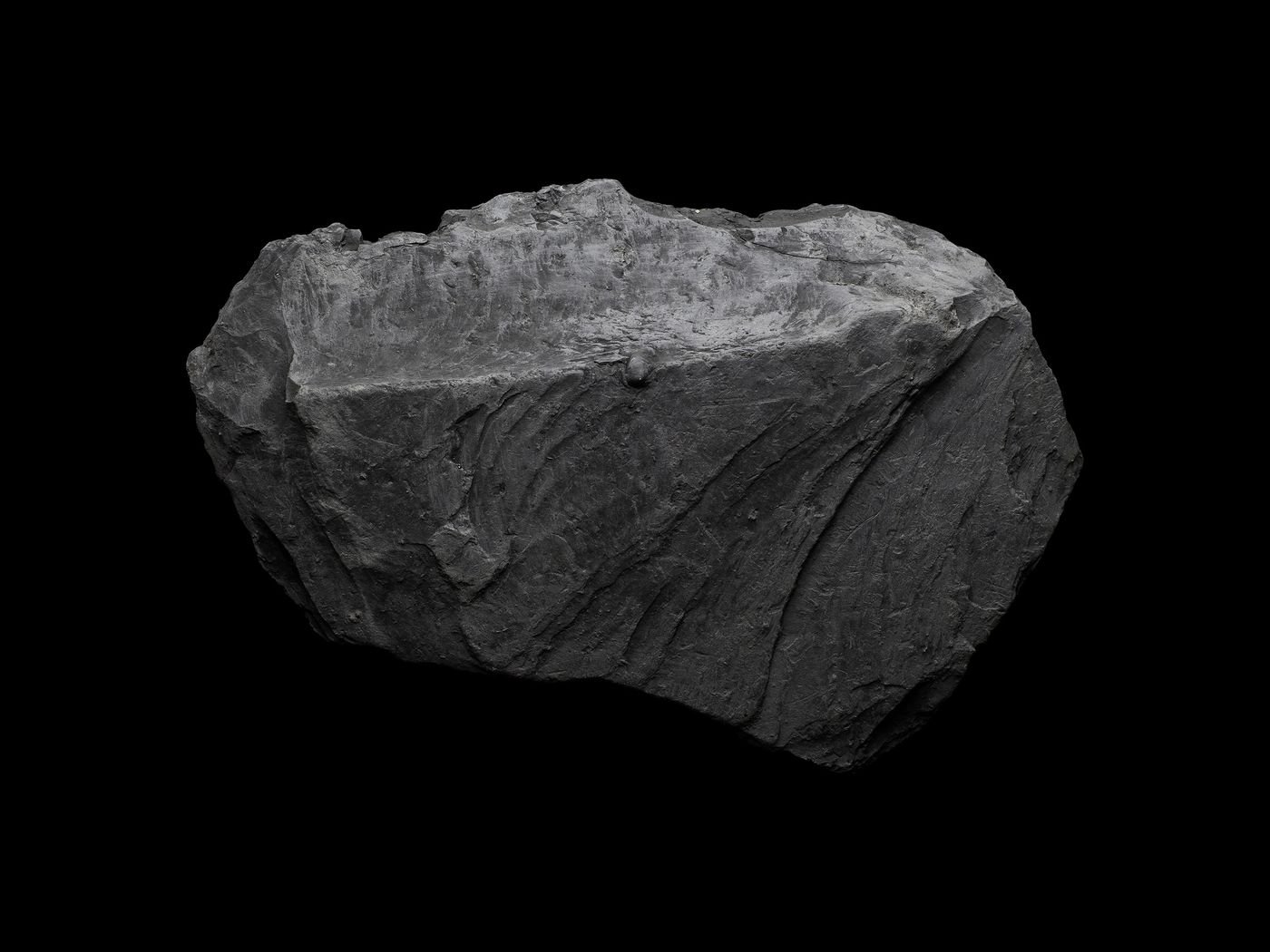
For the Rest of Us.A project by Hank Beyer and Alex Sizemore. Coal.

For the Rest of Us.A project by Hank Beyer and Alex Sizemore. Coal.

For the Rest of UsA project by Hank Beyer and Alex Sizemore. Ice.

For the Rest of UsA project by Hank Beyer and Alex Sizemore. Ice.

For the Rest of UsA project by Hank Beyer and Alex Sizemore. Ice.
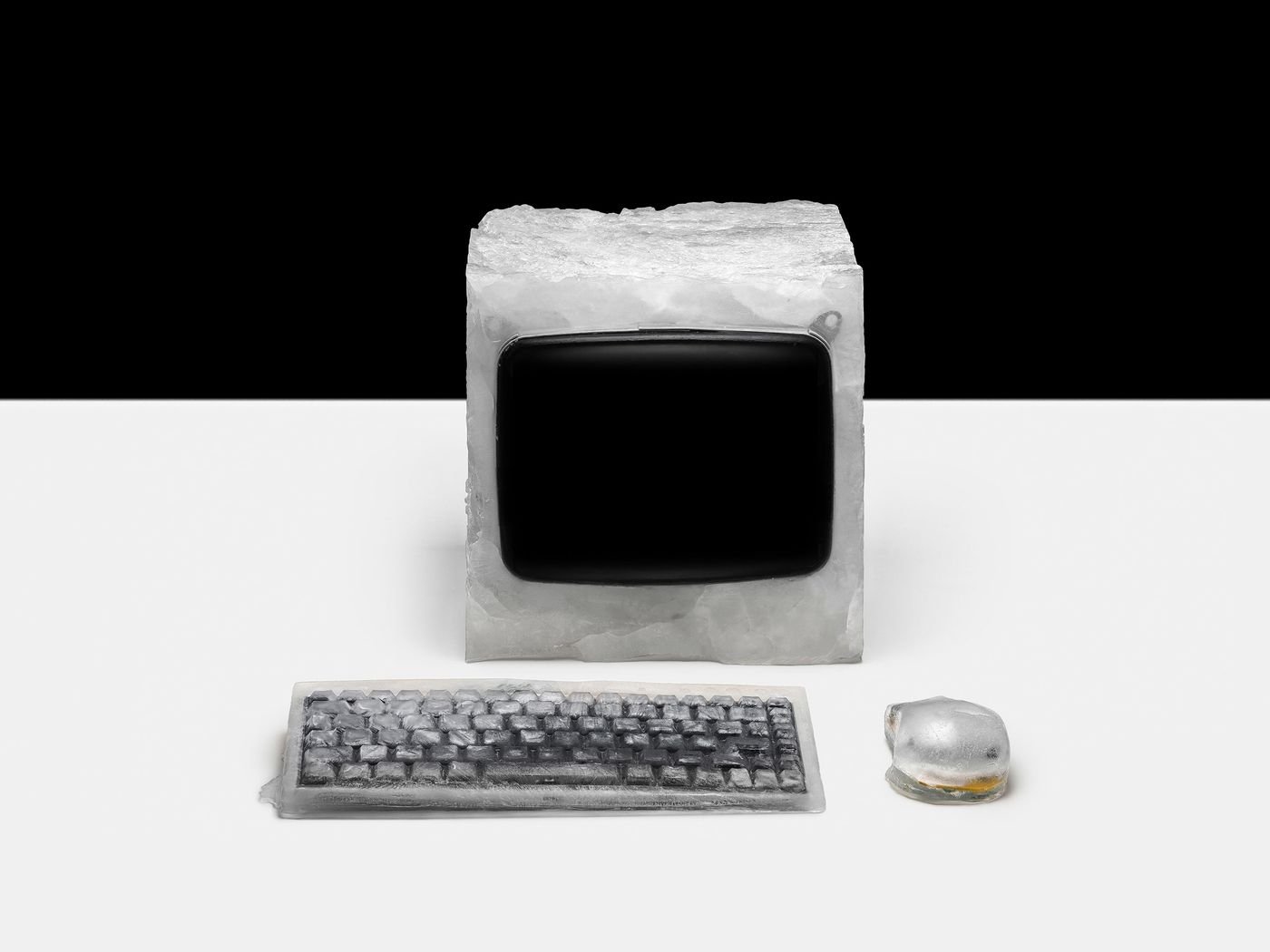
For the Rest of UsA project by Hank Beyer and Alex Sizemore. Ice.

For the Rest of UsA project by Hank Beyer and Alex Sizemore. Ice.

For the Rest of UsA project by Hank Beyer and Alex Sizemore. Ice.
Beyer and Sizemore originally met as students at University of Cincinnati where they formed a close collaborative partnership based on their shared interest in materials and manufacturing. Pushing the boundaries of form and function, their previous work includes a collection of tables, stools, lamps and trays made from discarded chunks of sandstone.
For their latest project, Beyer and Sizemore spent the better part of two years exploring parts of Ohio, Kentucky, Michigan and New York, in search of regional material sources and their associated processes, people, history, politics and values. The goal of this journey was not only to map materials in relation to their origins and their physical attributes but also to document their emotional impact. From limestone quarries and coal mines, to beekeeping facilities and meat processing plants, they observed first-hand the industrial processes and production methods behind a range of material sources, examined their impact on the local communities, and interviewed the people whose lives depend on them.

For the Rest of UsA project by Hank Beyer and Alex Sizemore. Honey.

For the Rest of UsA project by Hank Beyer and Alex Sizemore. Ice.

For the Rest of UsA project by Hank Beyer and Alex Sizemore. Honey.
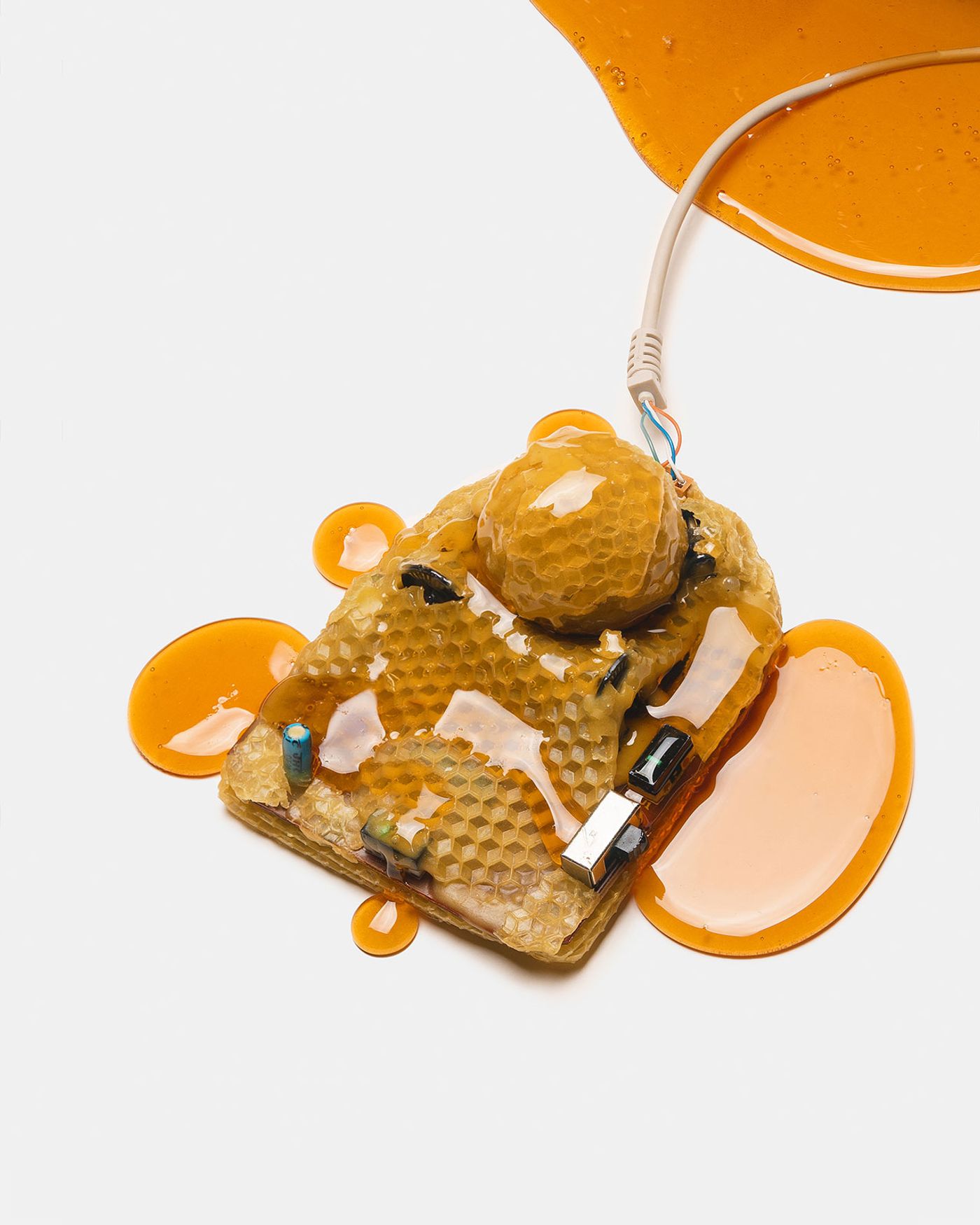
For the Rest of UsA project by Hank Beyer and Alex Sizemore. Honey.

For the Rest of UsA project by Hank Beyer and Alex Sizemore. Honey.

For the Rest of UsA project by Hank Beyer and Alex Sizemore. Limestone.
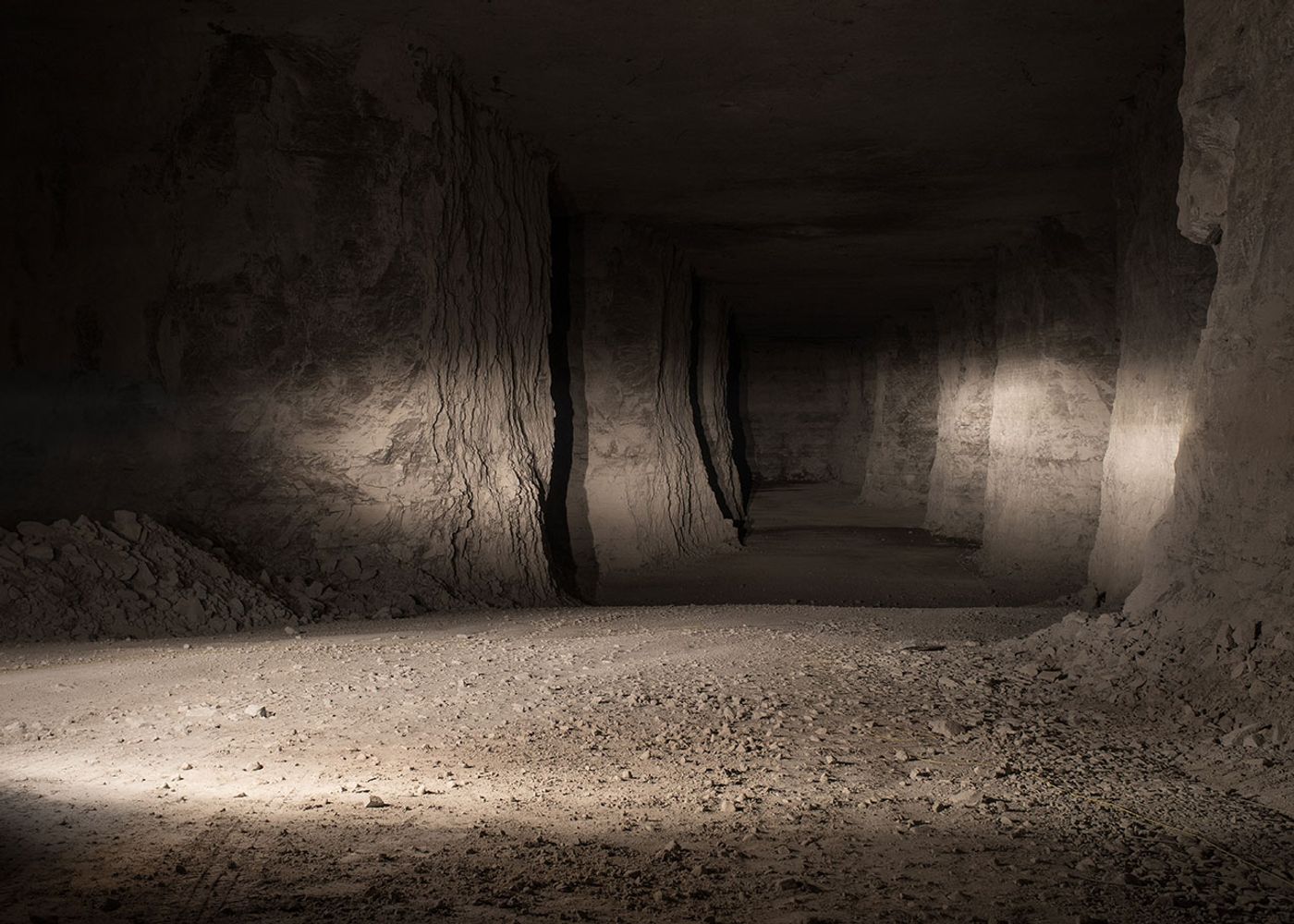
For the Rest of UsA project by Hank Beyer and Alex Sizemore.Limestone.
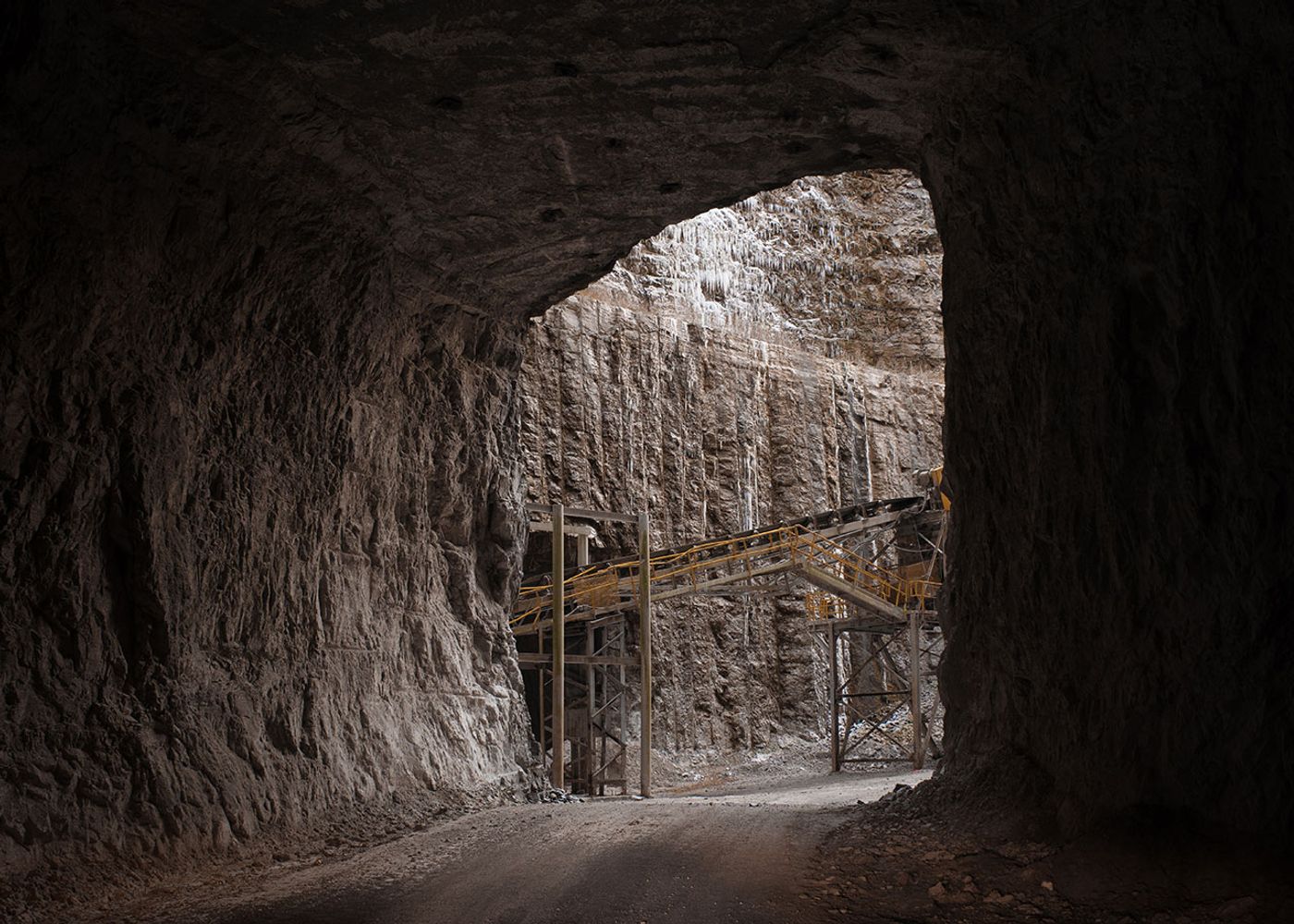
For the Rest of UsA project by Hank Beyer and Alex Sizemore. Limestone.
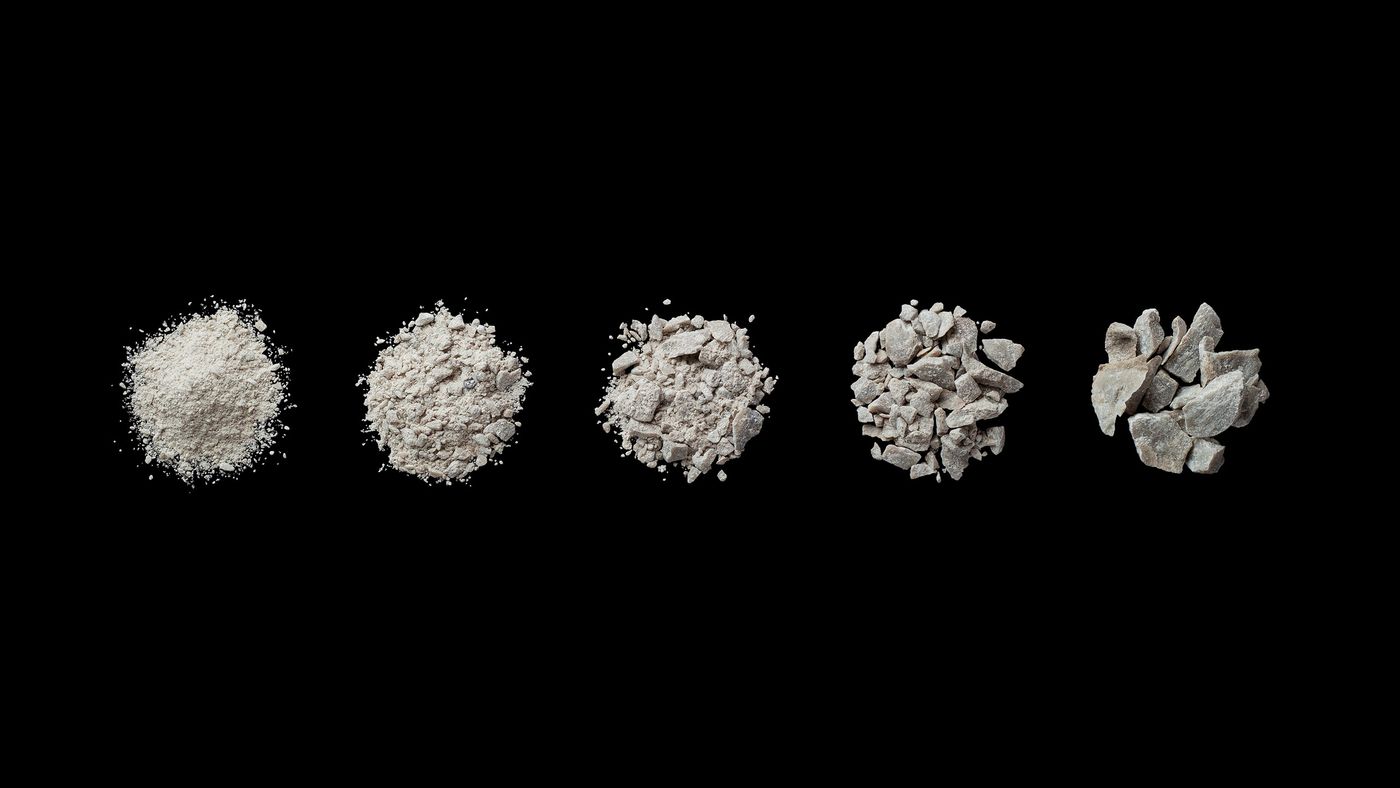
For the Rest of UsA project by Hank Beyer and Alex Sizemore. Limestone.
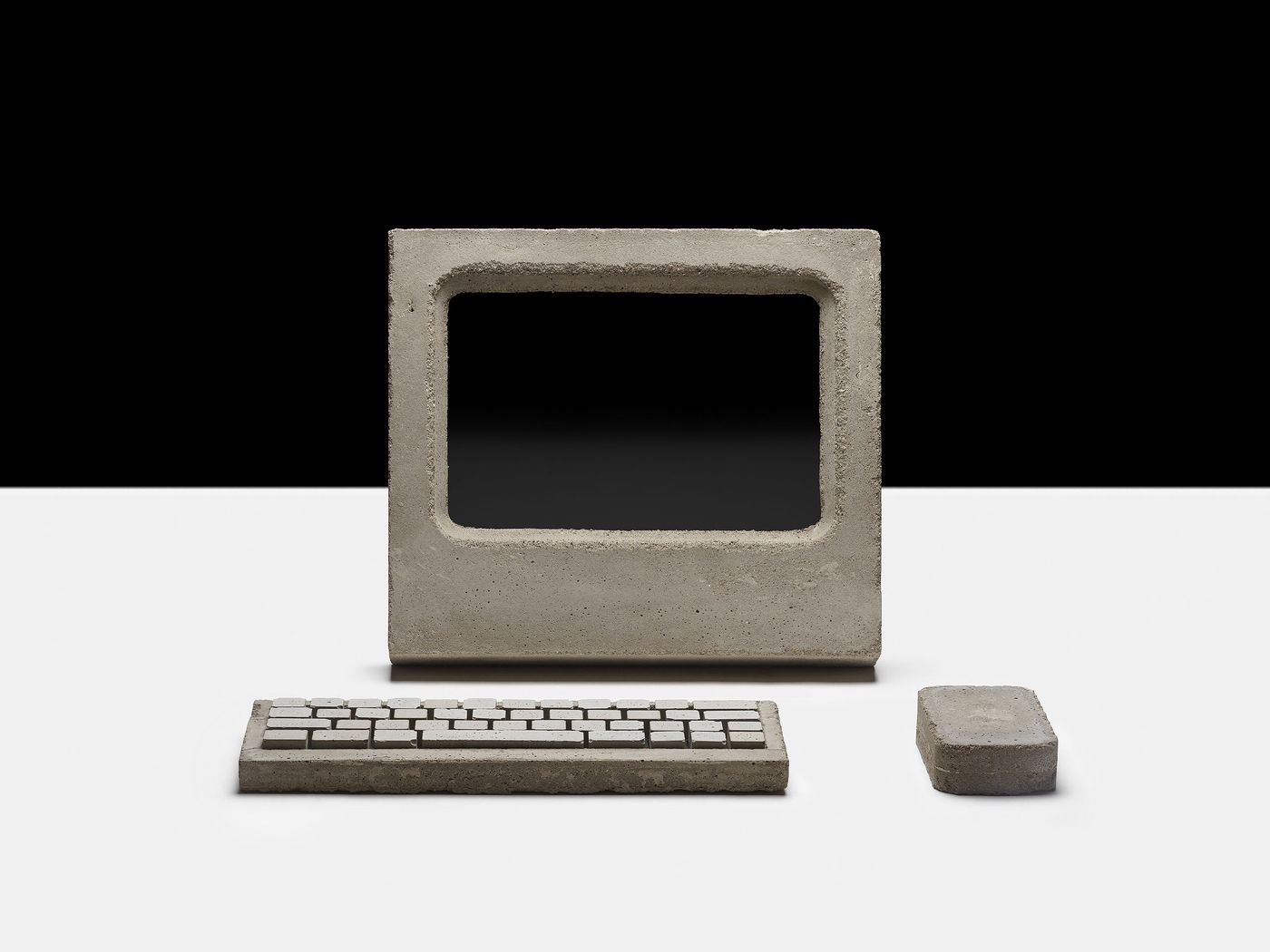
For the Rest of UsA project by Hank Beyer and Alex Sizemore. Limestone.
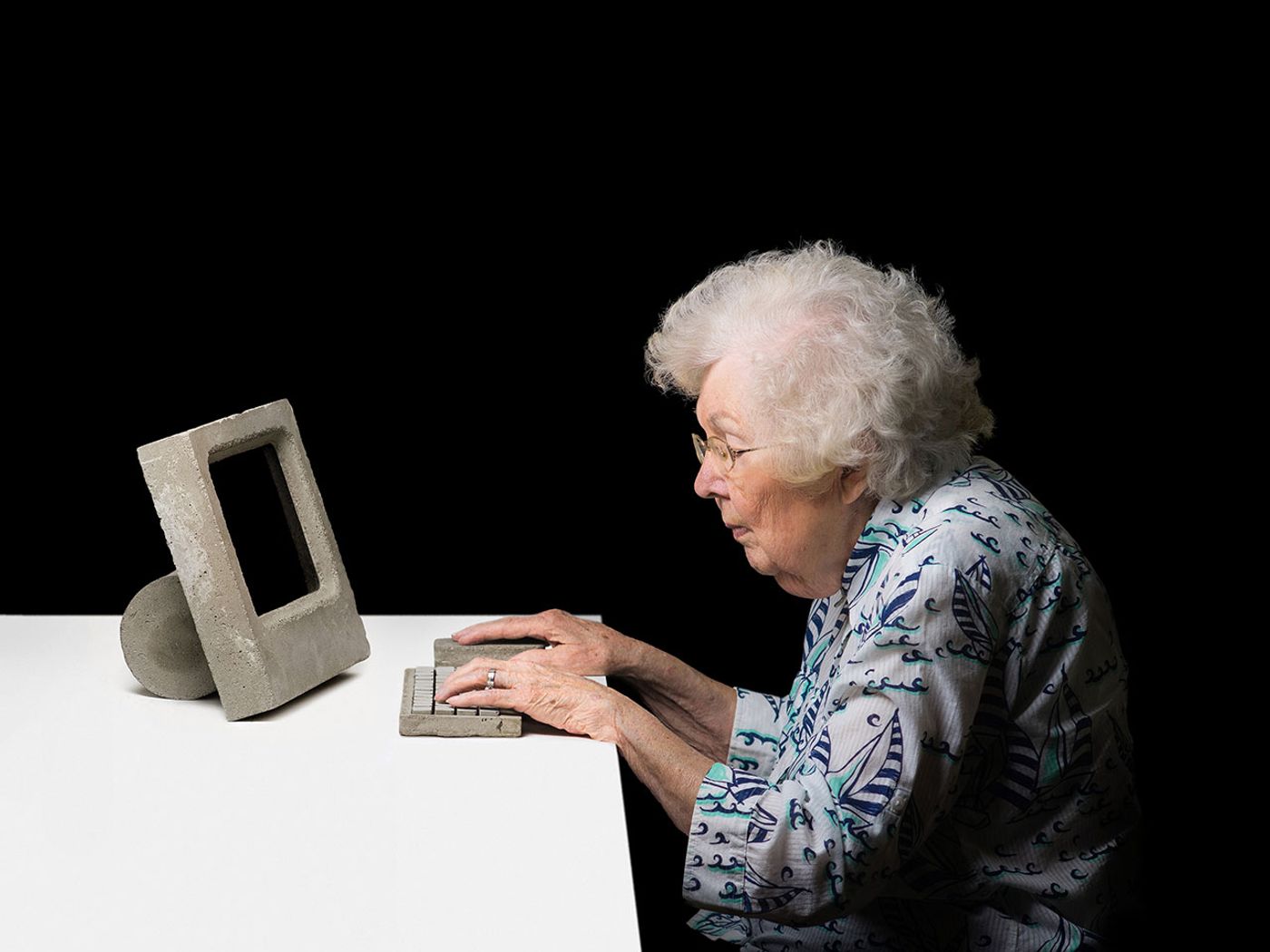
For the Rest of UsA project by Hank Beyer and Alex Sizemore. Limestone.

For the Rest of UsA project by Hank Beyer and Alex Sizemore. Limestone.
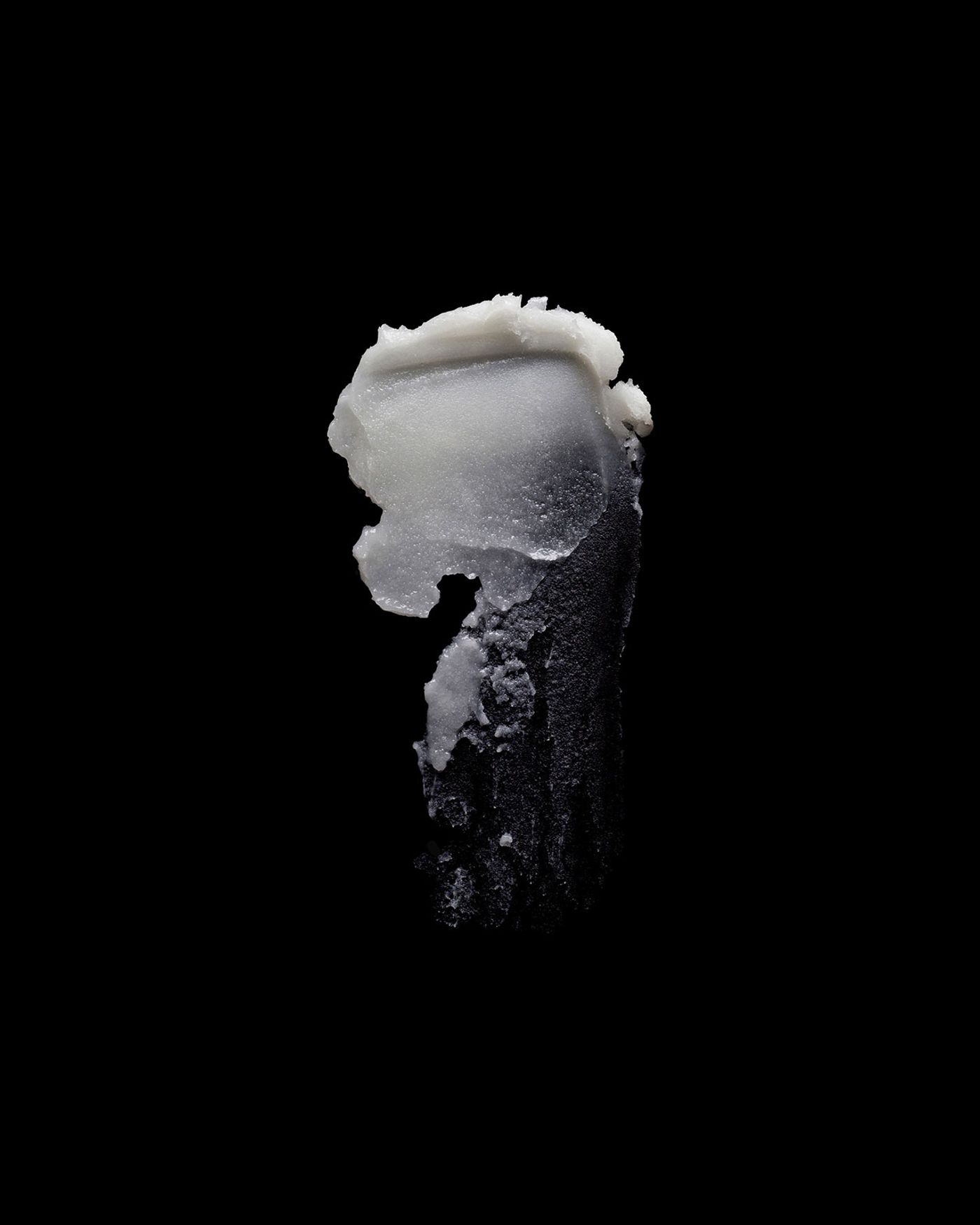
For the Rest of UsA project by Hank Beyer and Alex Sizemore. Lard.
In order to illustrate their findings and demonstrate the value of unconventional materials in everyday life, the team turned to one of the most recognized products of our times, the desktop computer. One of the most recognizable objects of the past three decades, and a symbol of communication, information, creativity and entertainment, the personal computer ushered in the digital age and in the context of the project provides “a point of familiarity that allows an individual to insert themselves into an alternative reality”, the designers explain.
Conceived as a series of material experiments, Beyer and Sizemore used a truly unconventional material palette – ice, peat, coal, limestone, lard, beeswax, sandstone and clay – to create a collection of computers that blur the line between product and sculpture. Both low and high tech, primitive and advanced, they are imbued with irony, humour and outlandishness, challenging our preconceptions of materiality within everyday objects and reassessing the value of commonplace materials.
A hand-bound book by Bookart documenting Beyer and Sizemore’s journey across the American Midwest, along with their material investigations and visionary computers, beautifully showcases the depth and scope of their collaboration but also acts as a field guide for future projects. For as they point out, designers, ultimately “have a responsibility to explore these seemingly impossible realities in order to push our world towards more meaningful, physical futures”.

For the Rest of UsA project by Hank Beyer and Alex Sizemore. Peat.

For the Rest of UsA project by Hank Beyer and Alex Sizemore. Peat.
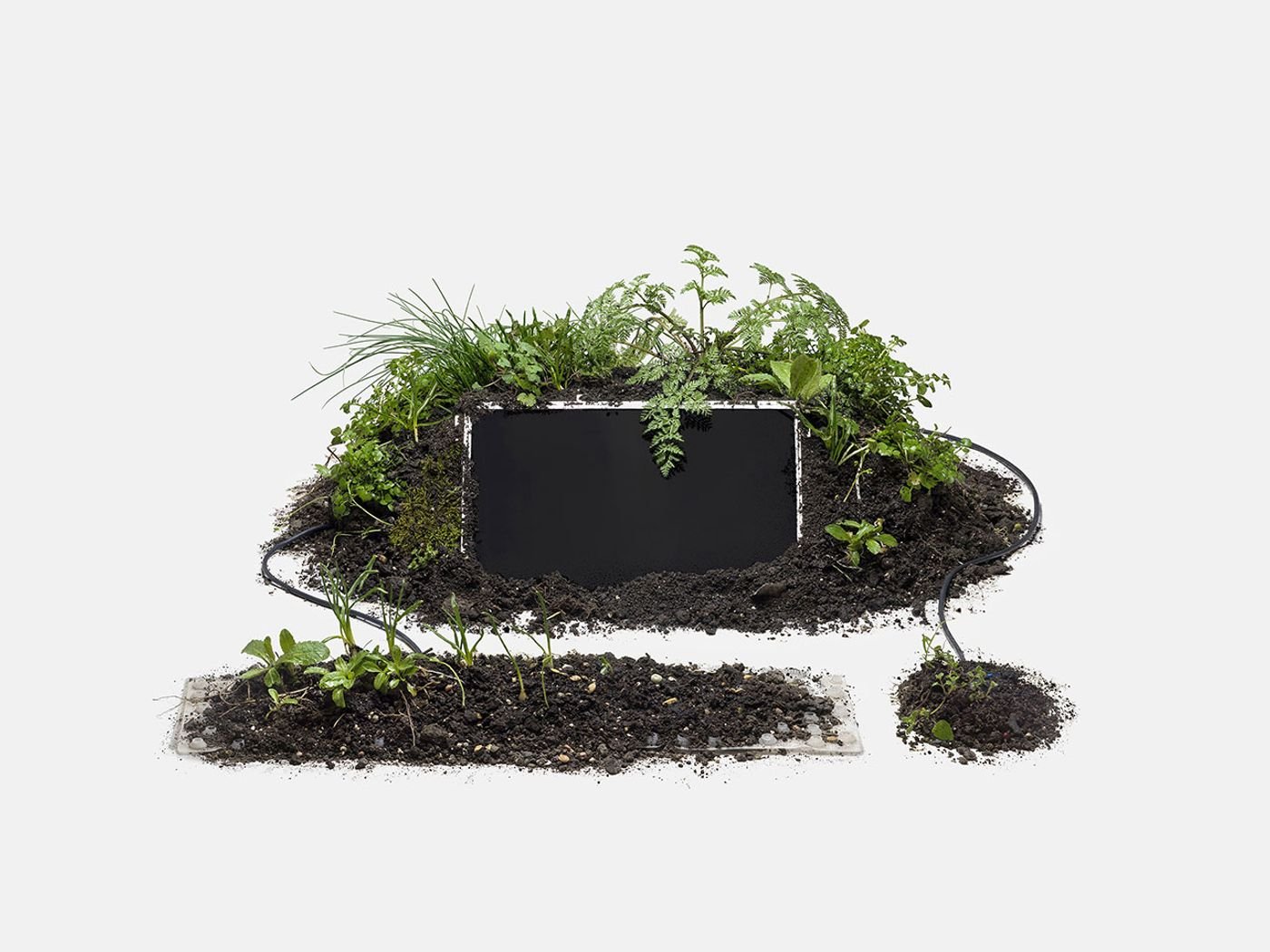
For the Rest of UsA project by Hank Beyer and Alex Sizemore. Peat.

For the Rest of UsA project by Hank Beyer and Alex Sizemore. Lard.

For the Rest of UsA project by Hank Beyer and Alex Sizemore. Sandstone.
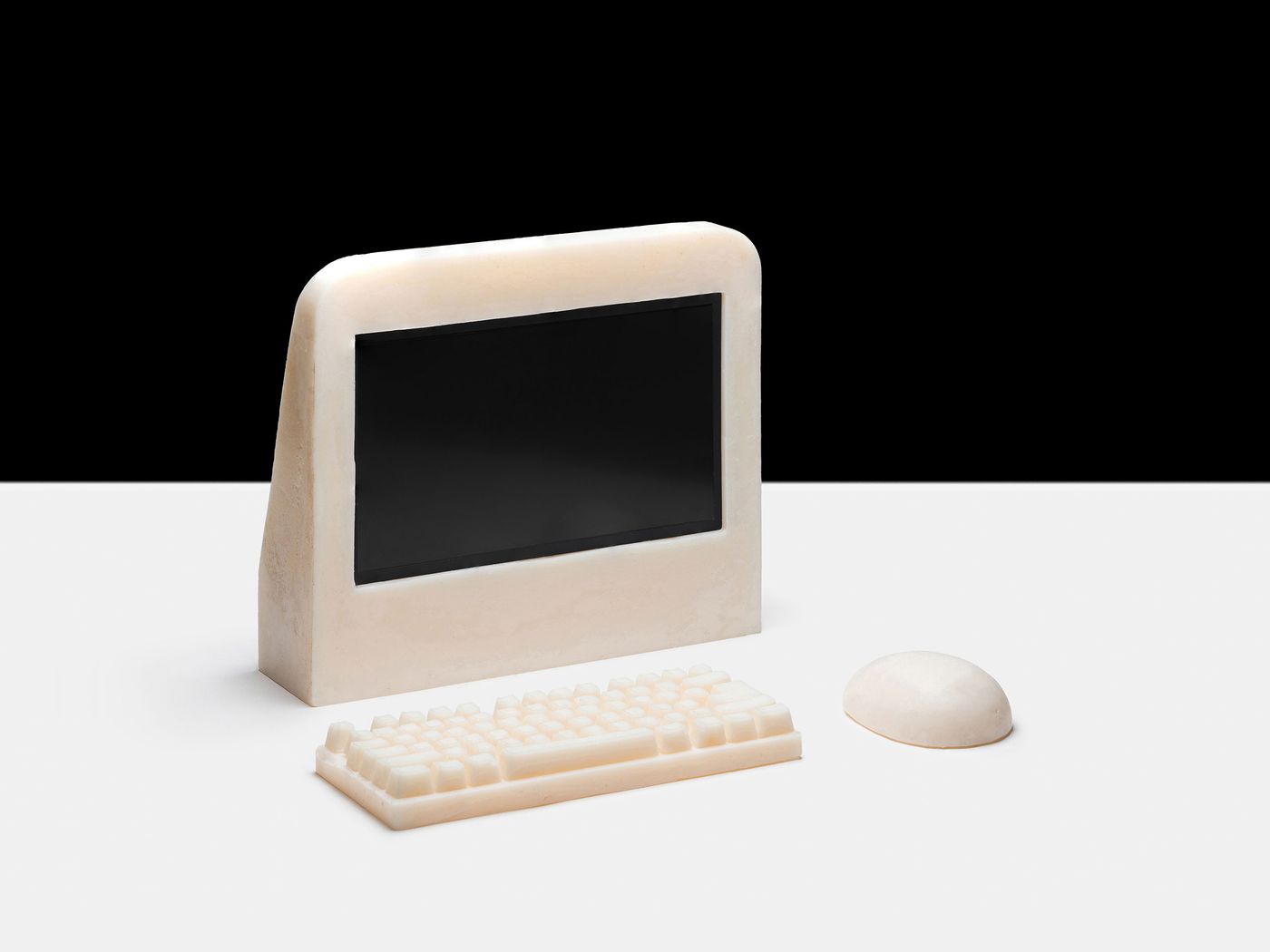
For the Rest of UsA project by Hank Beyer and Alex Sizemore. Lard.
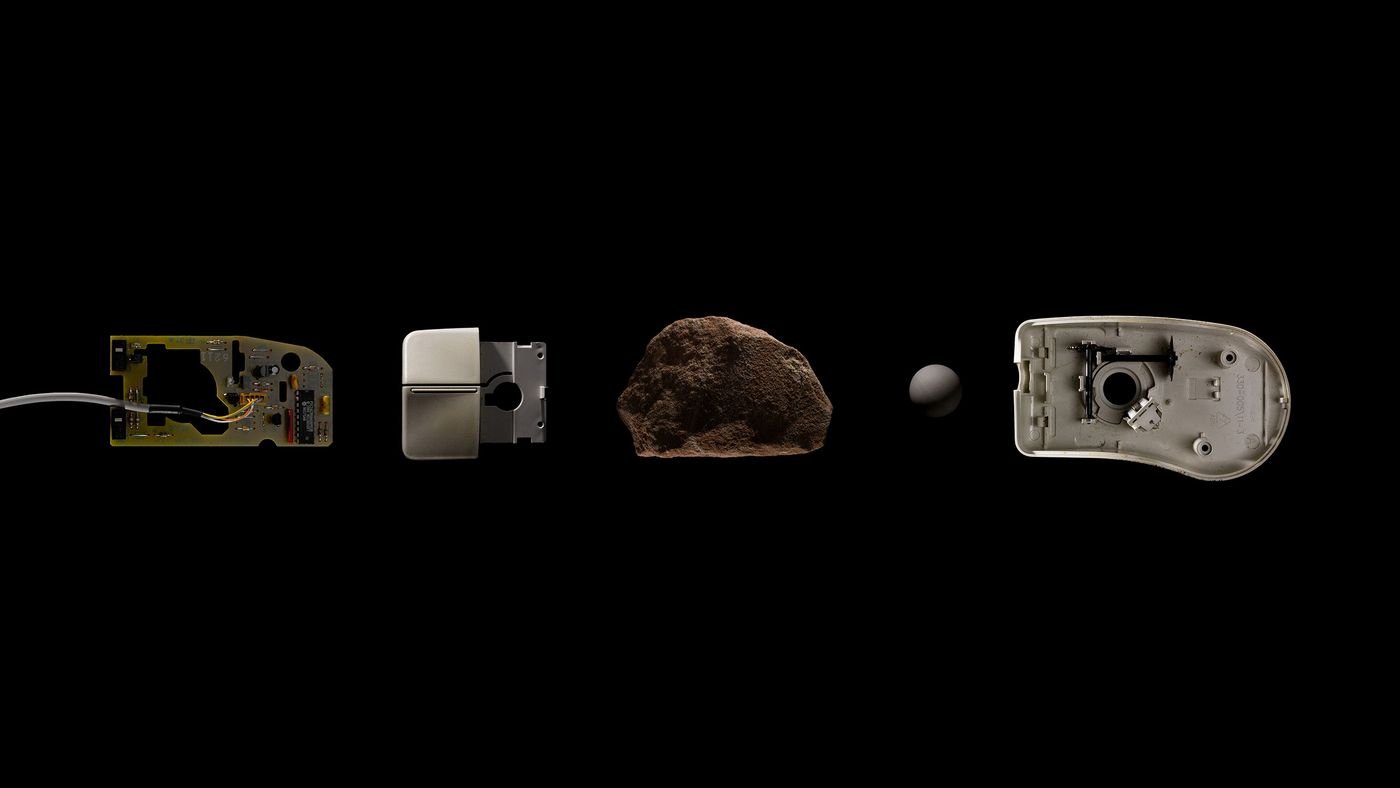
For the Rest of UsA project by Hank Beyer and Alex Sizemore. Sandstone.
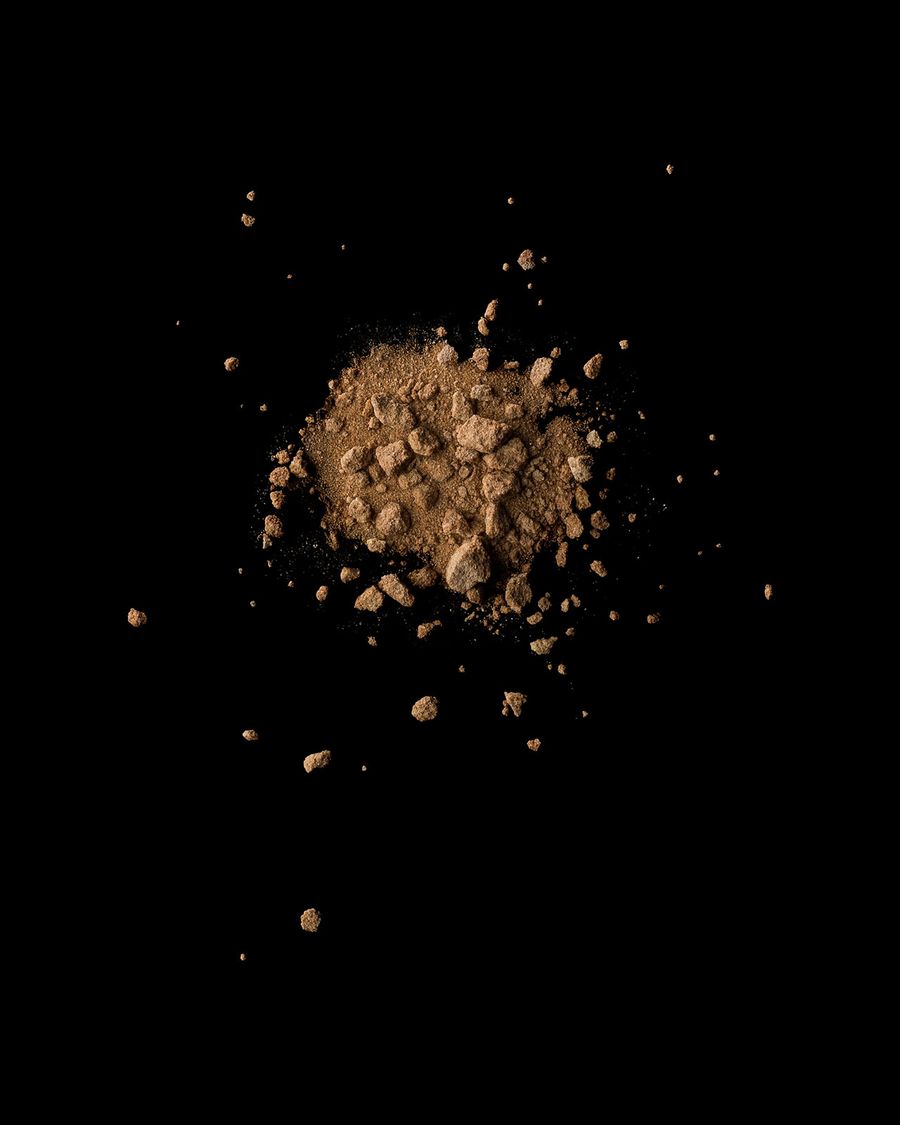
For the Rest of UsA project by Hank Beyer and Alex Sizemore. Sandstone.
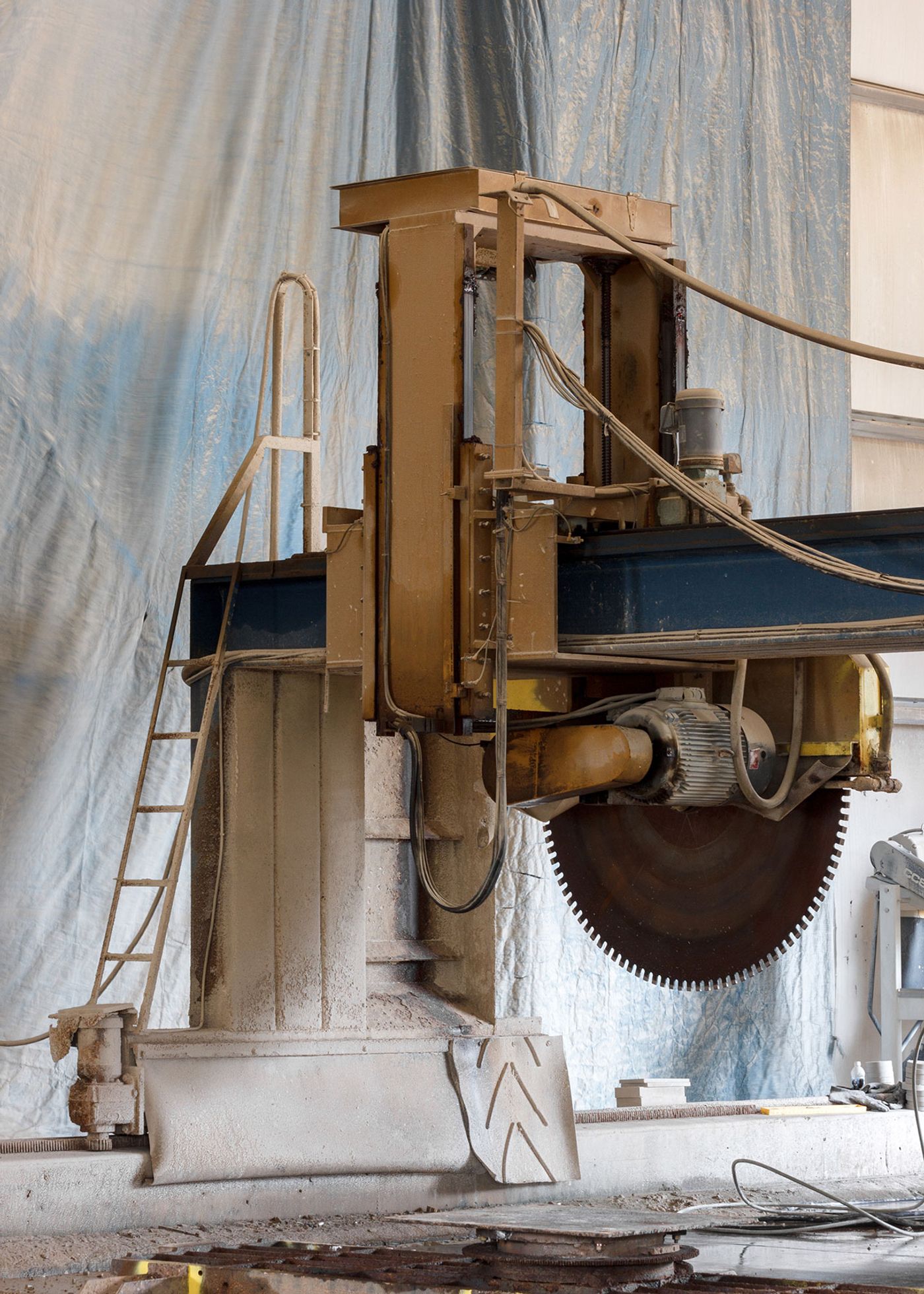
For the Rest of UsA project by Hank Beyer and Alex Sizemore. Sandstone.

For the Rest of UsA project by Hank Beyer and Alex Sizemore. Sandstone.
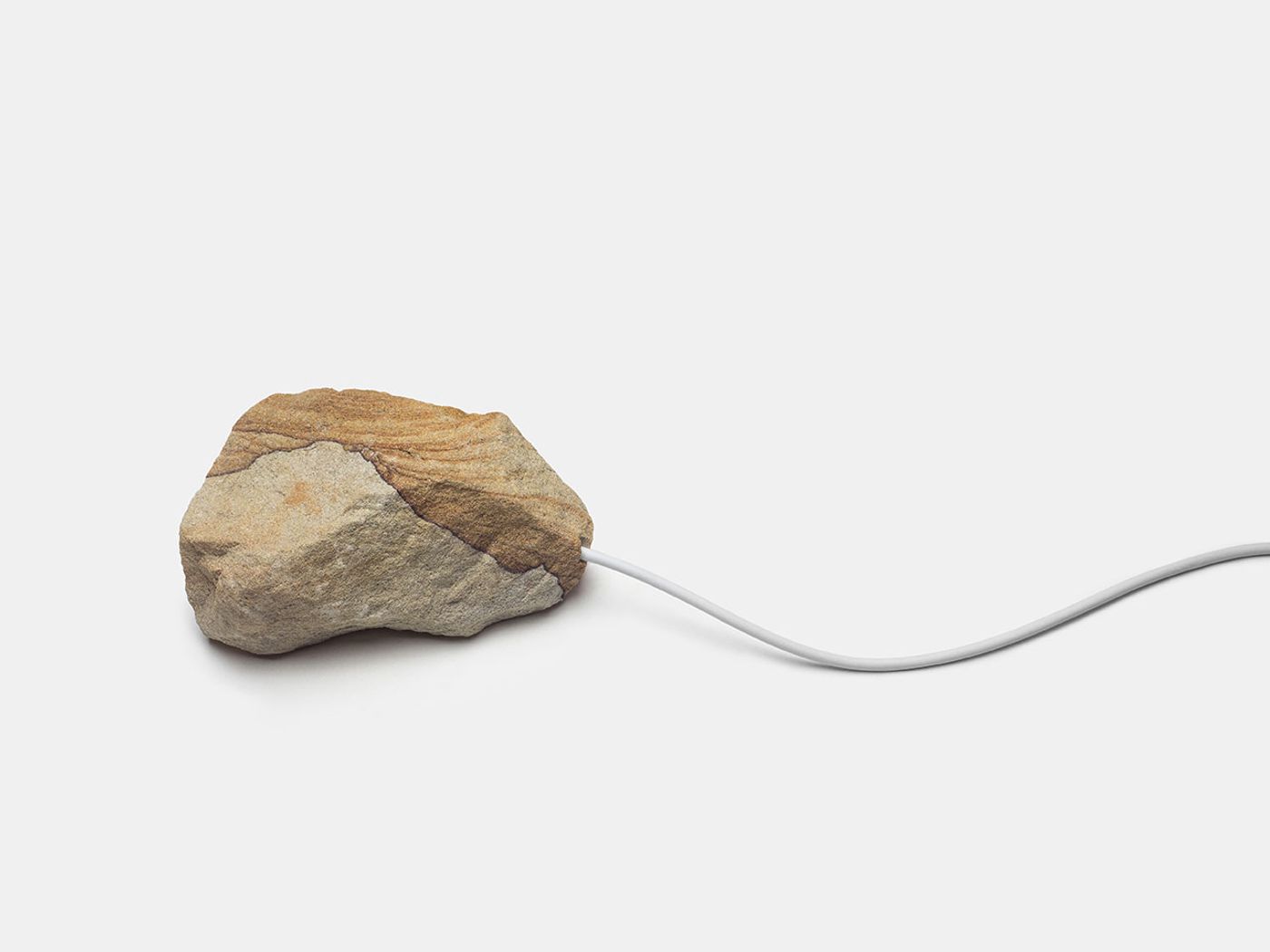
For the Rest of UsA project by Hank Beyer and Alex Sizemore. Sandstone.
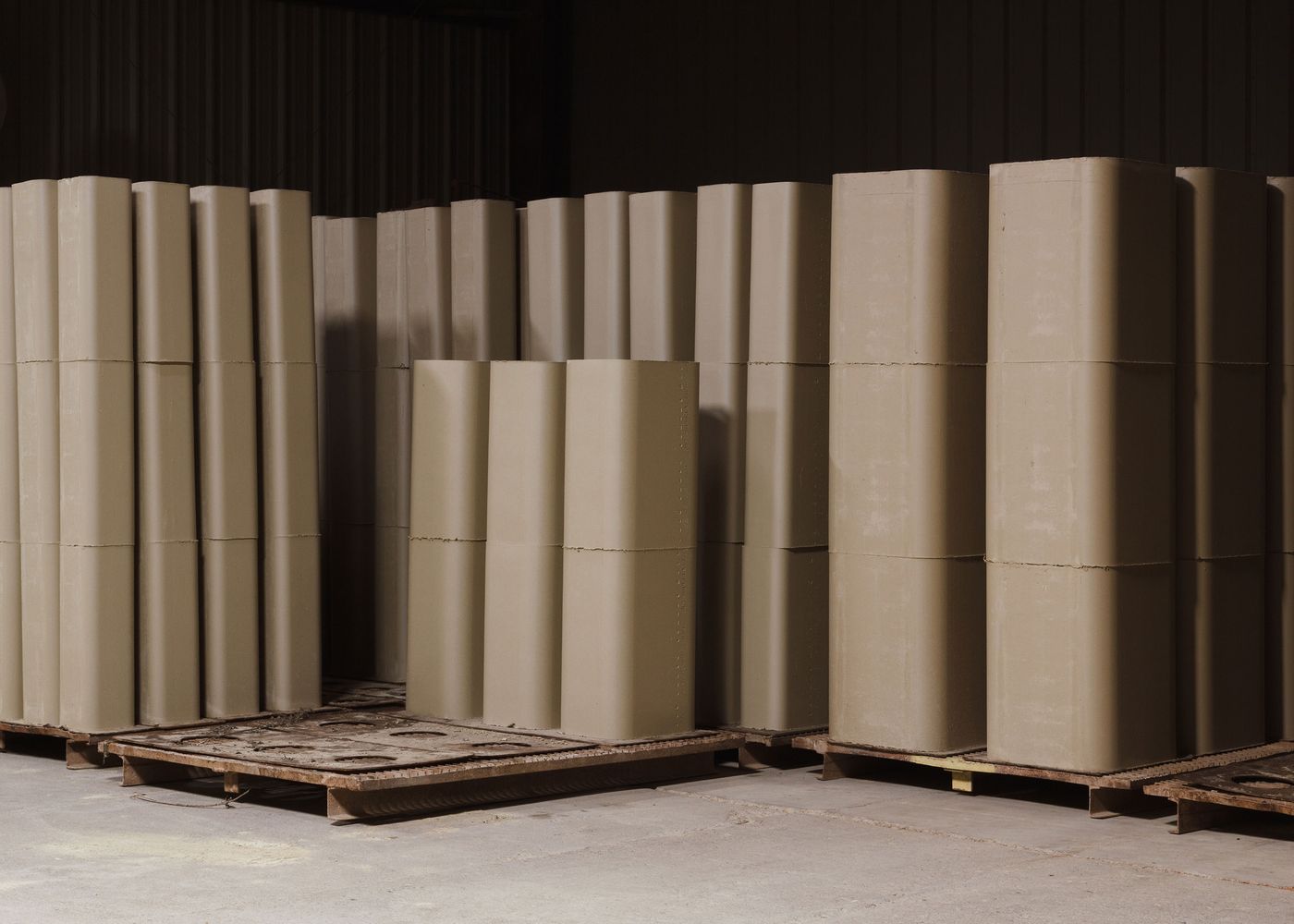
For the Rest of UsA project by Hank Beyer and Alex Sizemore. Clay.
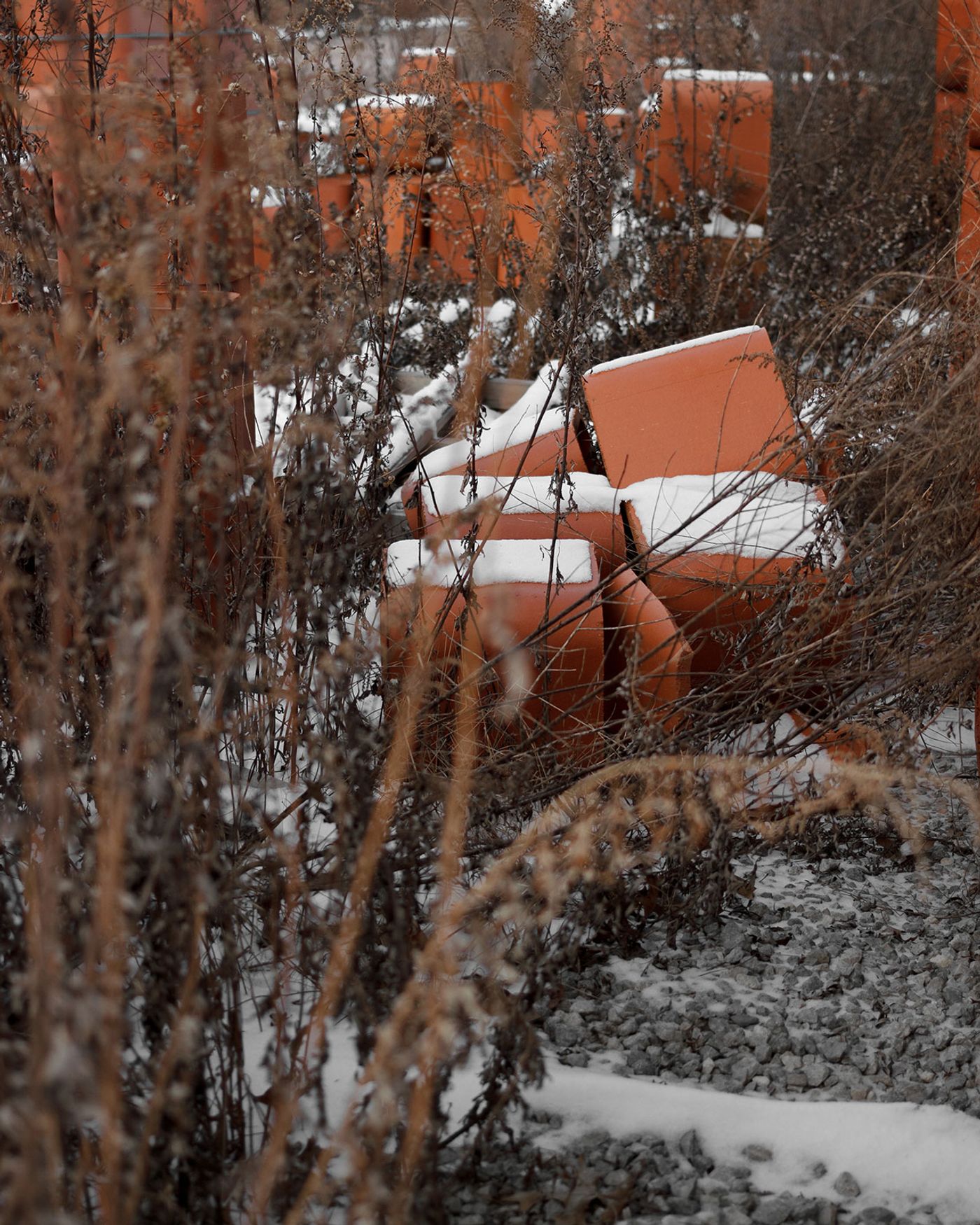
For the Rest of UsA project by Hank Beyer and Alex Sizemore. Clay.